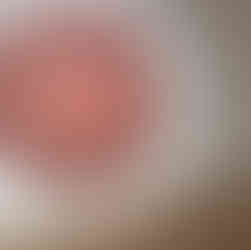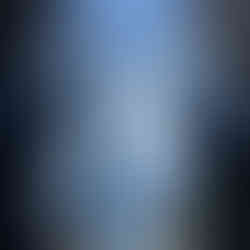Stepping Through the Portal: A Deep Dive into Jack Whitten's Transformative Art at MoMA
- Aug 12
- 2 min read
Updated: Aug 17
Jack Whitten at MoMA: Visionary Portals, Civil Rights, and Material Mastery
We recently had the privilege of immersing ourselves in Jack Whitten: The Messenger, the incredible exhibition at The Museum of Modern Art (MoMA). This showcase offered a rare opportunity to experience the magnitude of Whitten's vision up close. The sheer depth and scope of the exhibit left us in awe.
Jack Whitten: A Master of Material Innovation
What immediately grabbed our attention was Whitten’s unique approach to materials. An artist known for his relentless experimentation, he ingeniously adapted industrial techniques and materials—like acrylic tiles—to produce works that feel both intricate and effortless. These artworks, while visually minimalistic at first glance, reveal stunning complexity.
Even in his later years, Whitten pushed artistic boundaries. He continually evolved his signature acrylic mosaic technique, weaving in increasingly unexpected colors and substances. His lifelong dedication to material innovation stands as a powerful testament to his evolving creative spirit.
Art as a Portal: Science, Space, and the Metaphysical
Whitten’s work was also deeply influenced by science, technology, and metaphysics. A lifelong Star Trek fan, he viewed art as a "portal"—a way to bend space, light, and time. His artworks aim to transport viewers beyond the canvas, inviting them to feel something cosmic, unfamiliar, or timeless.
This conceptual framework adds intellectual depth to the visual intensity of his art, blurring the boundaries between abstract form and philosophical inquiry.
Civil Rights, Identity, and the Dissolution of Duality
Beneath the surface of Whitten’s technique lies a profound social and political conscience. He was actively involved in the civil rights movement, and his art reflects this engagement. MoMA describes his ability to create "visionary beauty from righteous anger," as he explored the binaries of black and white, machine and human, forward and backward.
His famous 1979 statement captures this best:
“The psychology of vision deals with being able to dissolve dualities… I think that my growing-up black in America gives me an advantage in dealing with the unique psychology of vision. I am a product of the cancellation of opposing races.” (quoted from the Exhibition).
Whitten's commitment to dissolving binaries not only shaped his identity but also defined the philosophical undercurrent of his work.
Immersive Technology Enhancing the Experience
MoMA has thoughtfully integrated technology into the exhibit with Bloomberg Connects. With a simple QR code scan, visitors can hear Jack Whitten in his own voice—sharing how jazz influenced his rhythm and process. This touch adds a layer of intimacy to the experience, allowing us to hear how music inspired his creativity and process.
This approach resonates deeply with platforms like The Fine Art Ledger, which also use digital tools—like blockchain and NFC tags—to create immersive, educational, and secure experiences around artworks. It's an exciting example of how technology continues to enhance our connection with art and its creators.
Final Thoughts: A Must-See Legacy
Being surrounded by Jack Whitten’s work was nothing short of a privilege. His legacy—from material mastery to philosophical depth—remains intellectually and emotionally transformative. The Messenger is more than an exhibit; it's a time portal, a mirror, and a monument.










Comments